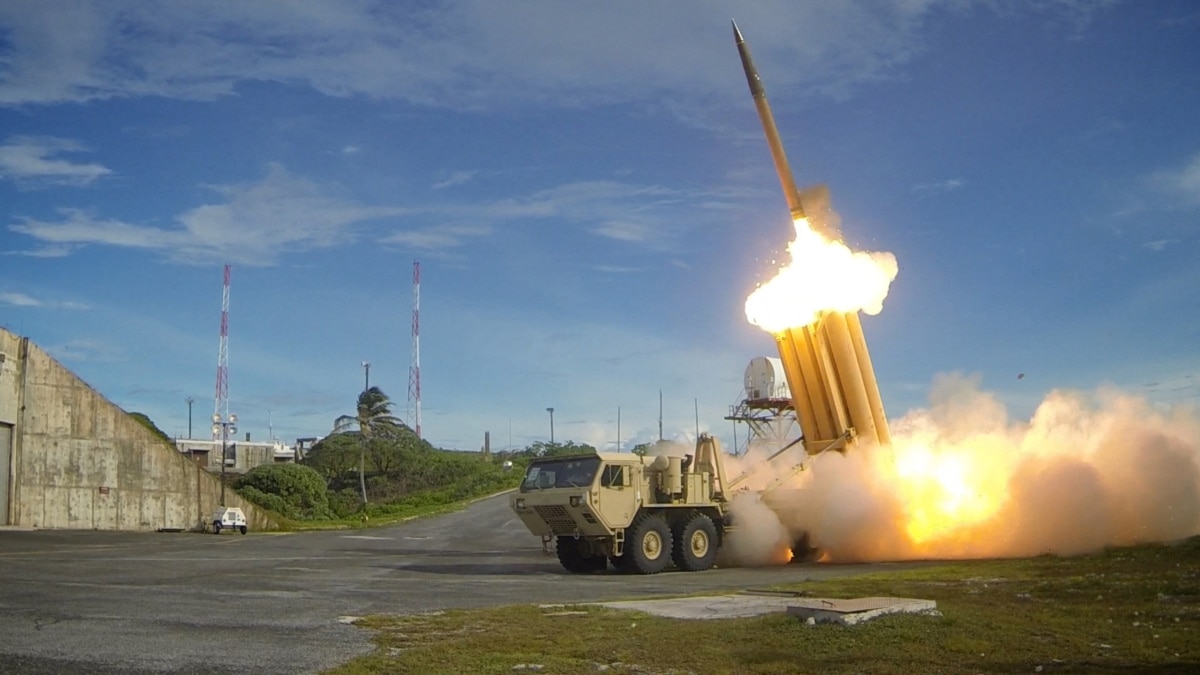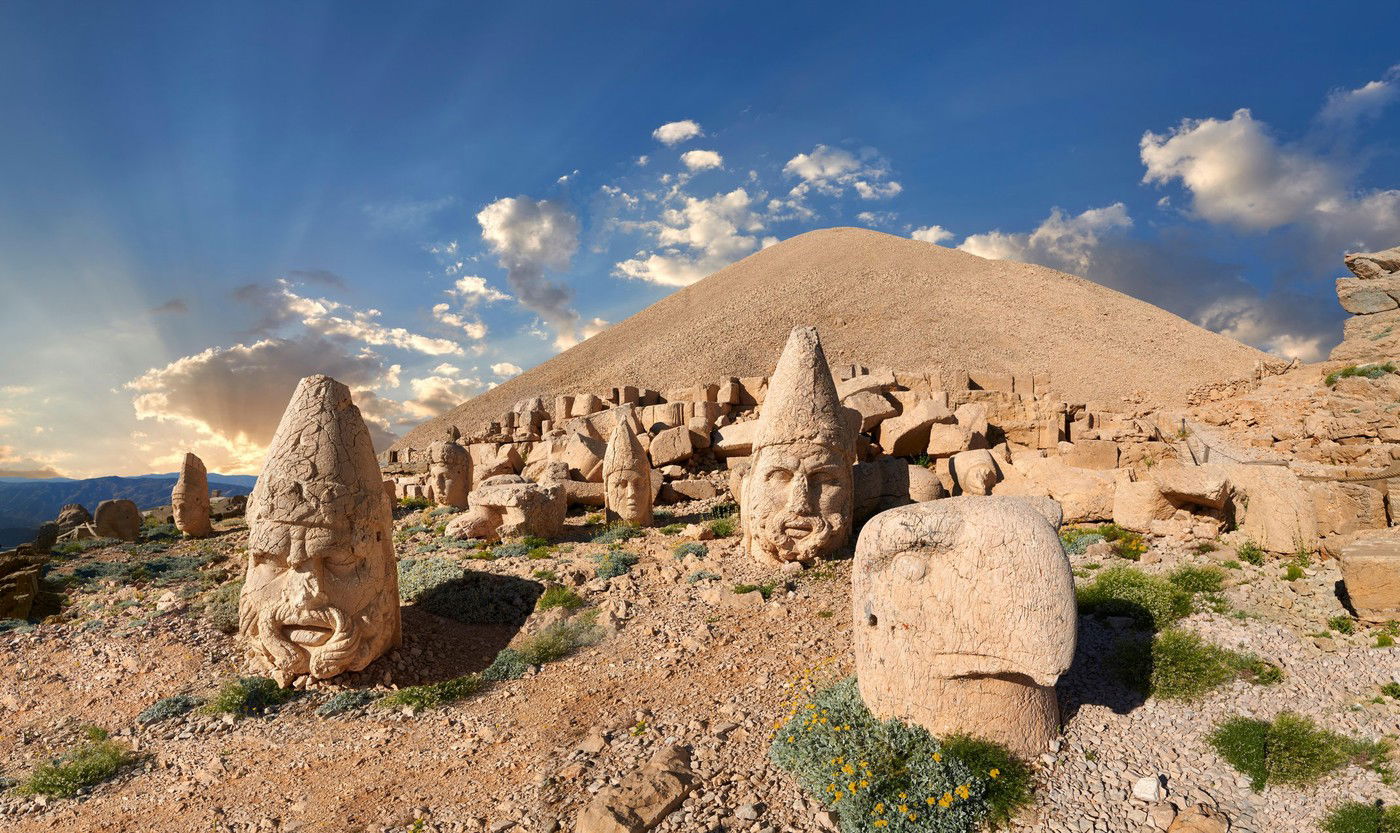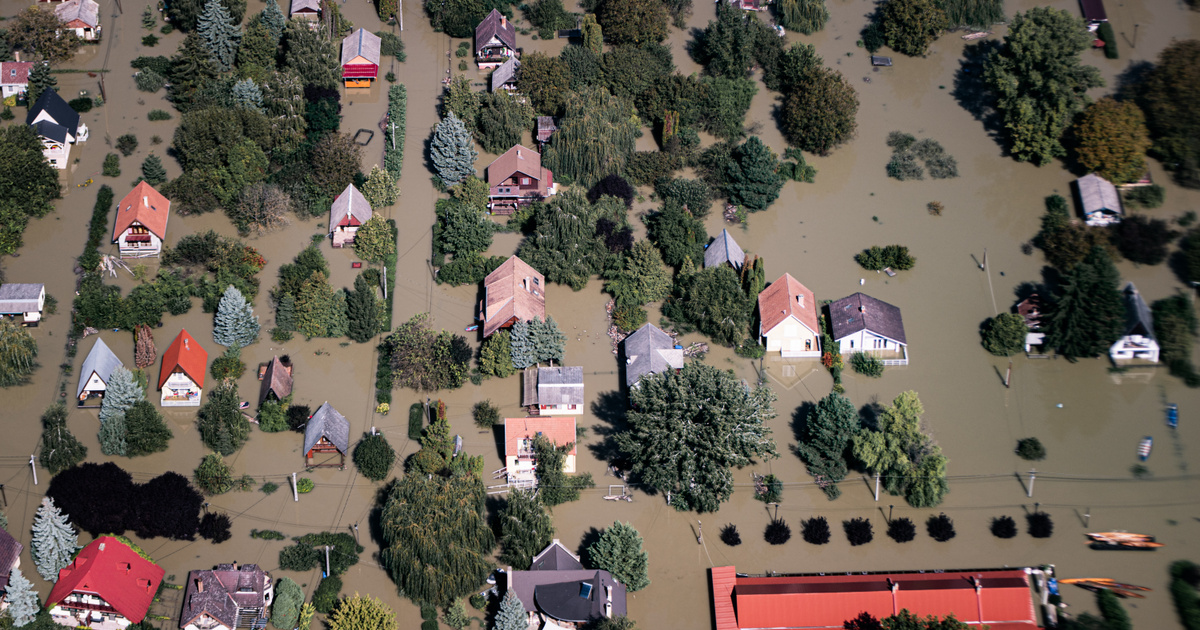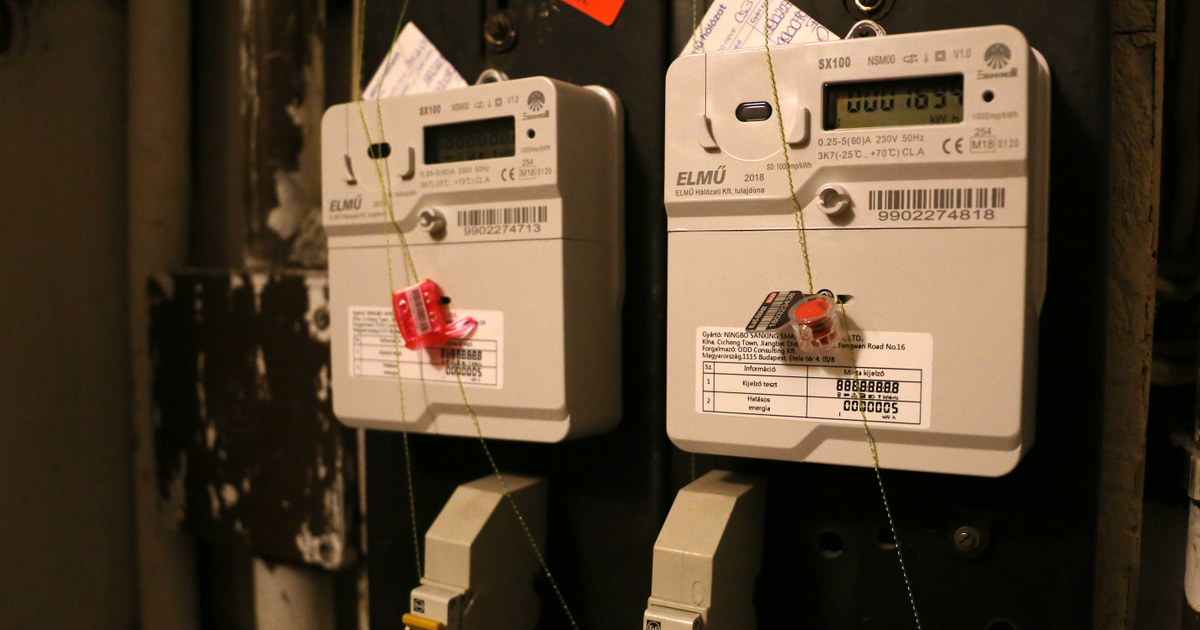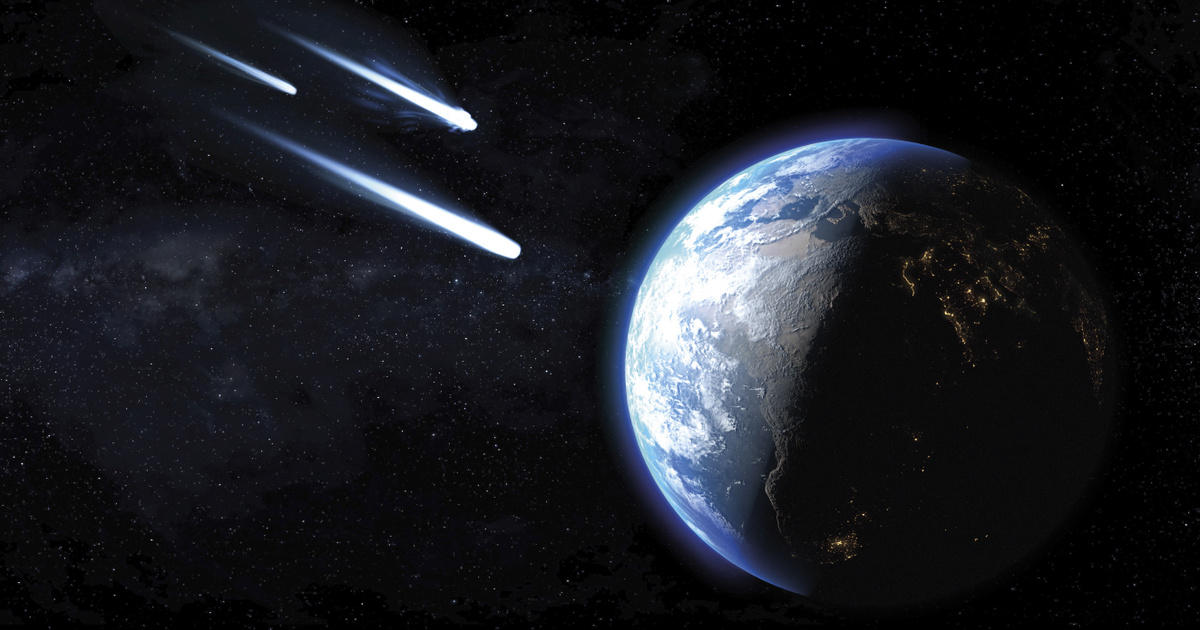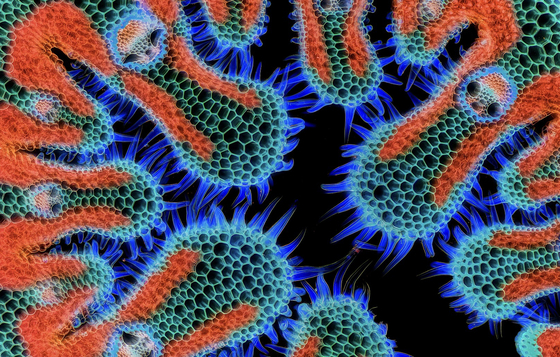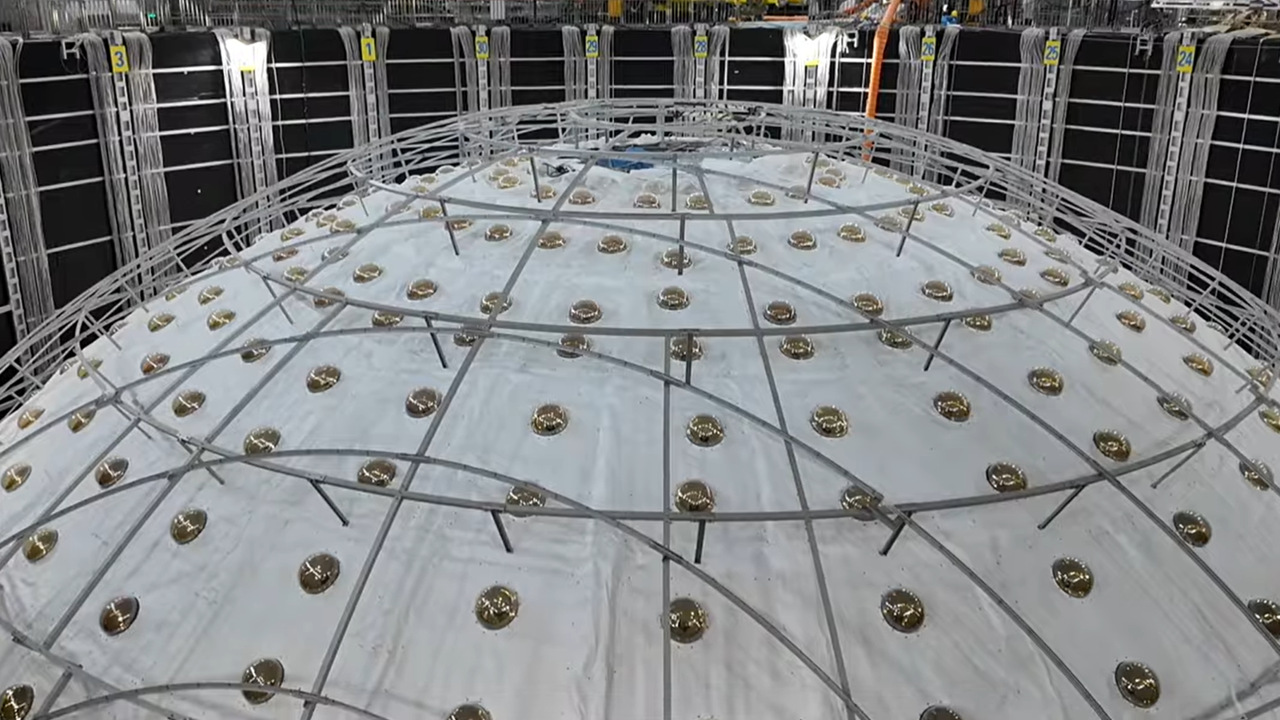the European Southern Observatory (ESO) Paranal Observatory at 2,635 meters above sea level Located In the Atacama Desert in Chile, one of the world’s finest sky observatories. This is where the VLT is located, key to countless discoveries A very large telescopeIt, among other things, can be considered the flagship of the terrestrial instruments of European astronomers.
But in this place with dry air, clear weather, and far from light pollution, what is the strong dark red color above the horizon that you are looking for? The recording taken in July 2022 shows aerosols of sulfur dioxide that entered the upper atmosphere after the eruption of the Hong Tonga-Hung Haapai volcano on January 15 of the same year.
In the sky background of the mountaintop above the observatories, we see the bar of the Milky Way, as it is only visible in the Southern Hemisphere. In the ribbon, we can detect a large dark spot, the Cinzac Nebula, made up of cold dust blocking the starlight behind it. Right next to it is a small constellation of the Southern Cross, which in this case is hard to spot. Below the Southern Cross, the red spot of the Carina Nebula can be seen among many smaller nebulae and clusters. The right half of the image is dominated by the slightly oblique, conical glow of zodiacal light above the reddish horizon.
The symptoms and objects shown in the picture are categorized.
Source: ESO-Fernando-Selman
What is the cause of the bright red ribbon on the horizon?
During the eruption, as a result of very powerful explosions, the gases emitted by the volcano, primarily sulfur dioxide, reached a very high altitude in the atmosphere. (Material from the eruption was also detected 55 kilometers up using satellite measurements!) Although there isn’t much water in the upper layers of the atmosphere, there is enough water to form microscopic droplets of particles of this volcanic gas, which can To persist for years after similarly large eruptions can also linger in the atmosphere. When it is already dark below the surface, high-altitude aerosol droplets remain illuminated by the sunset light, which shifts toward reddish shades as a result of scattering—just as in the case of near-ground aerosols during a normal sunset. The difference in this case is that this red aurora can be seen much later, because then we can see the auroras happening in the stratosphere, which is why it’s particularly stunning, because the stars are already shining bright at this time. Any aerosol consisting of very small particles, droplets or even dust can create a similar phenomenon.
The recording was made only half a year after the eruption, but judging by the observations of the observatory and the observations of many other observers observing the sky, traces of the eruption are still clearly visible.


